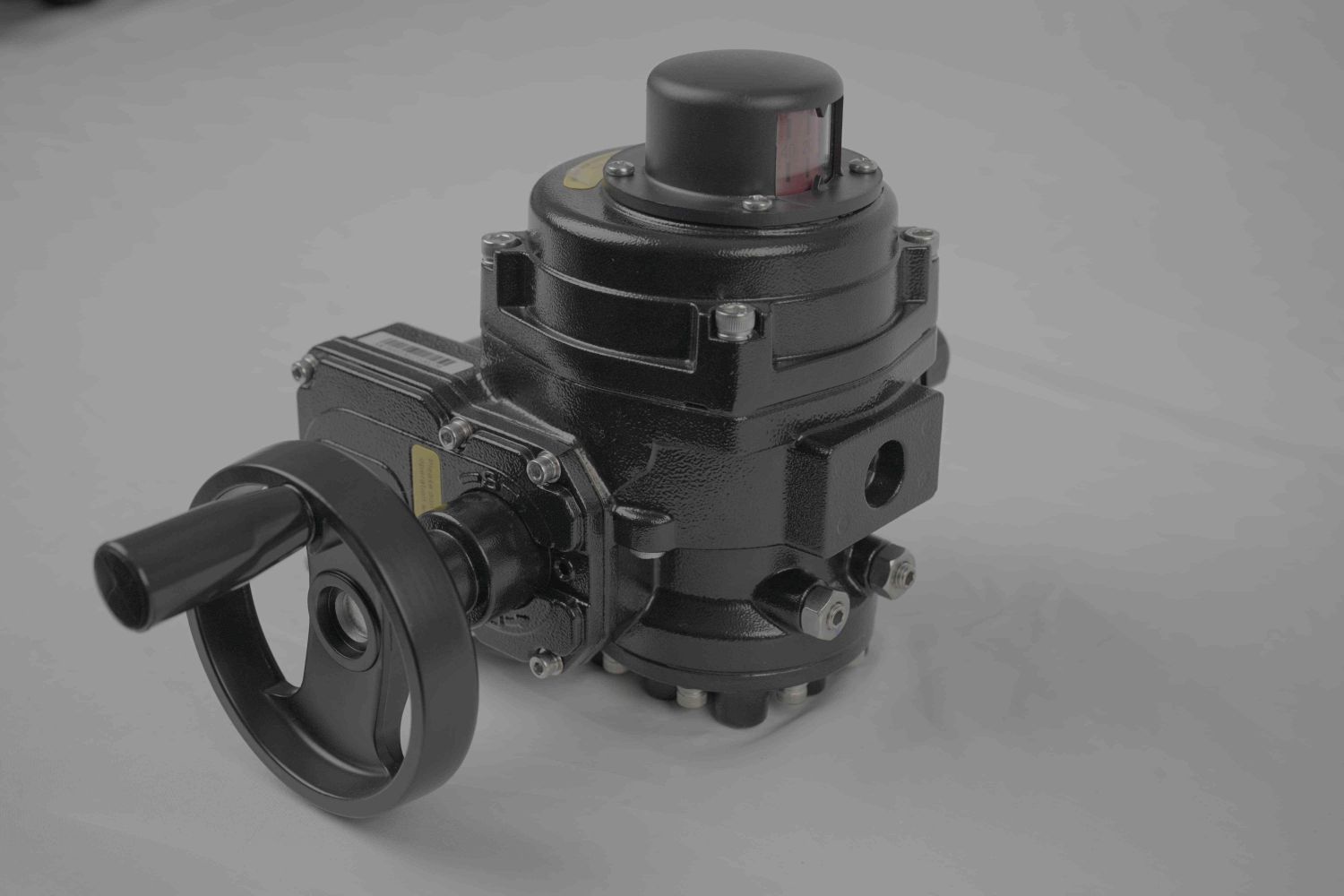
Lithium batteries are widely used in various applications, from electric vehicles to portable electronics, due to their high energy density, long lifespan, and lightweight design. However, like any technology, these batteries have inherent risks, particularly when it comes to safety. One crucial component that plays a significant role in ensuring the safety and performance of lithium batteries is the lithium battery valve. This seemingly simple part can have a profound impact on preventing catastrophic failures, improving battery longevity, and enhancing overall performance. In this article, we will explore the importance of lithium battery valves, how they function, and why they are essential in modern battery technology.

What is a Lithium Battery Valve?

